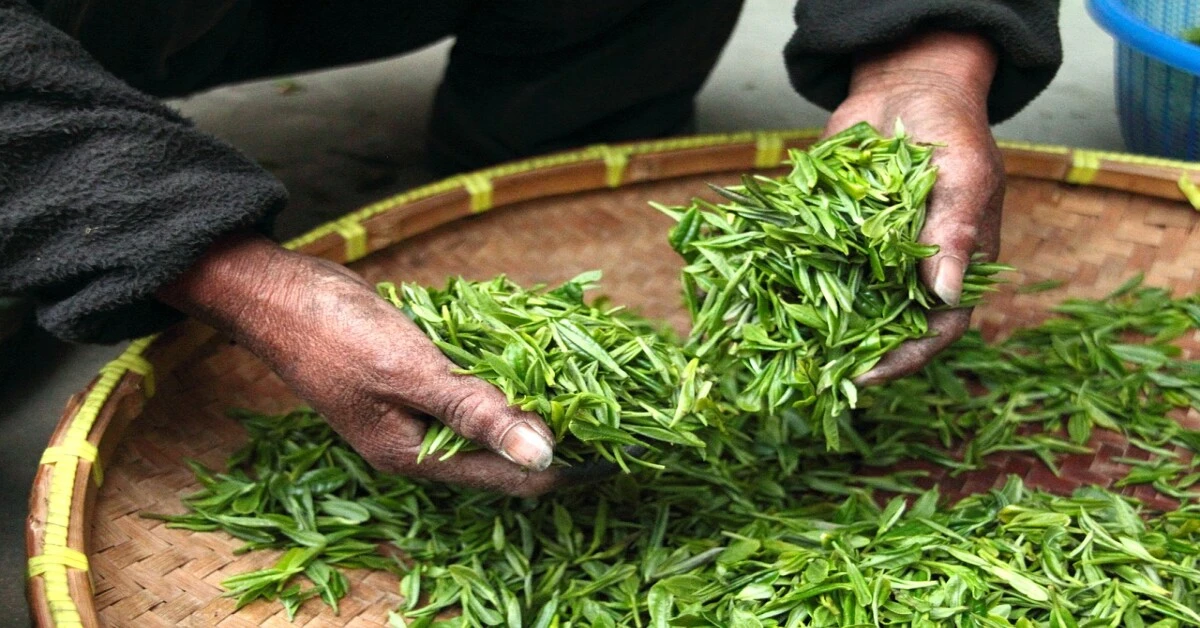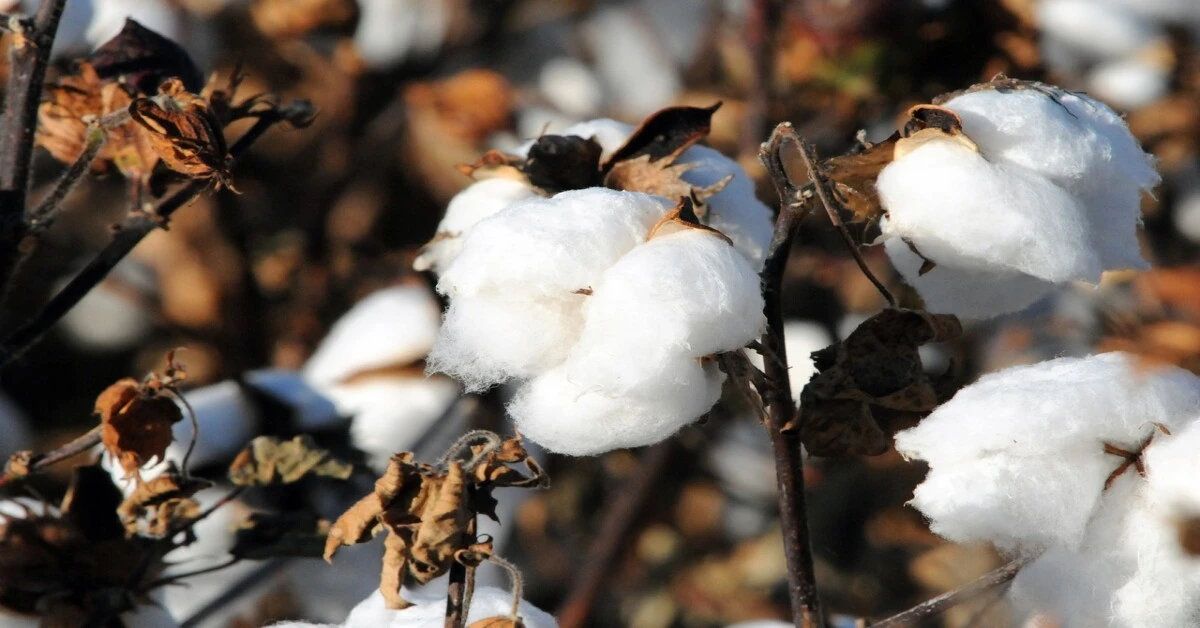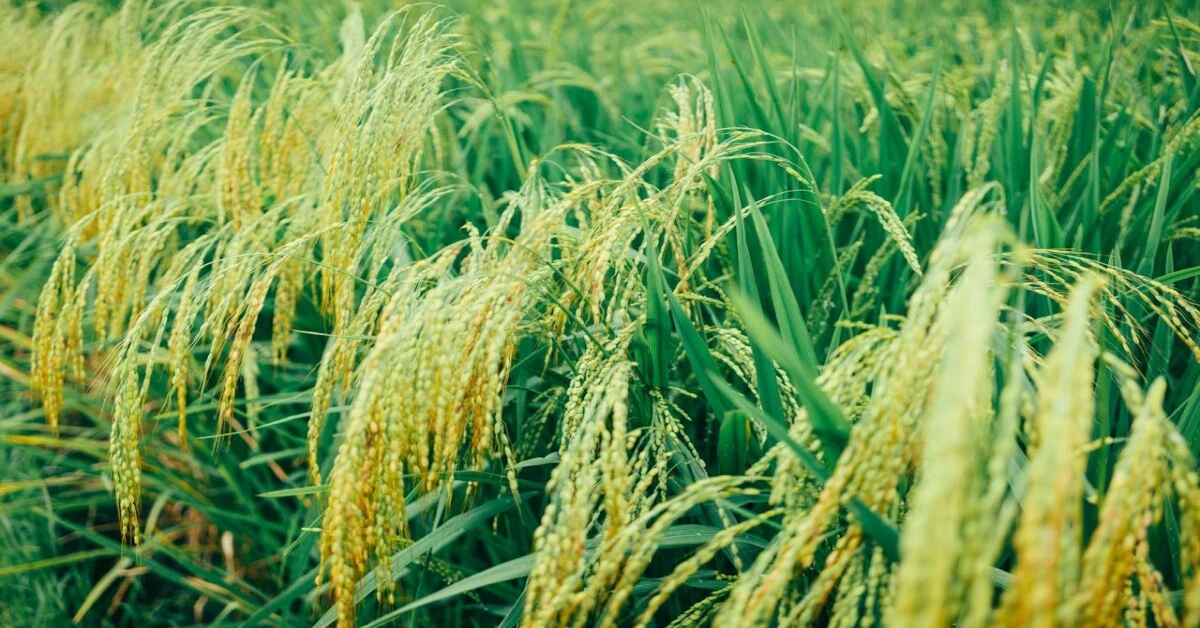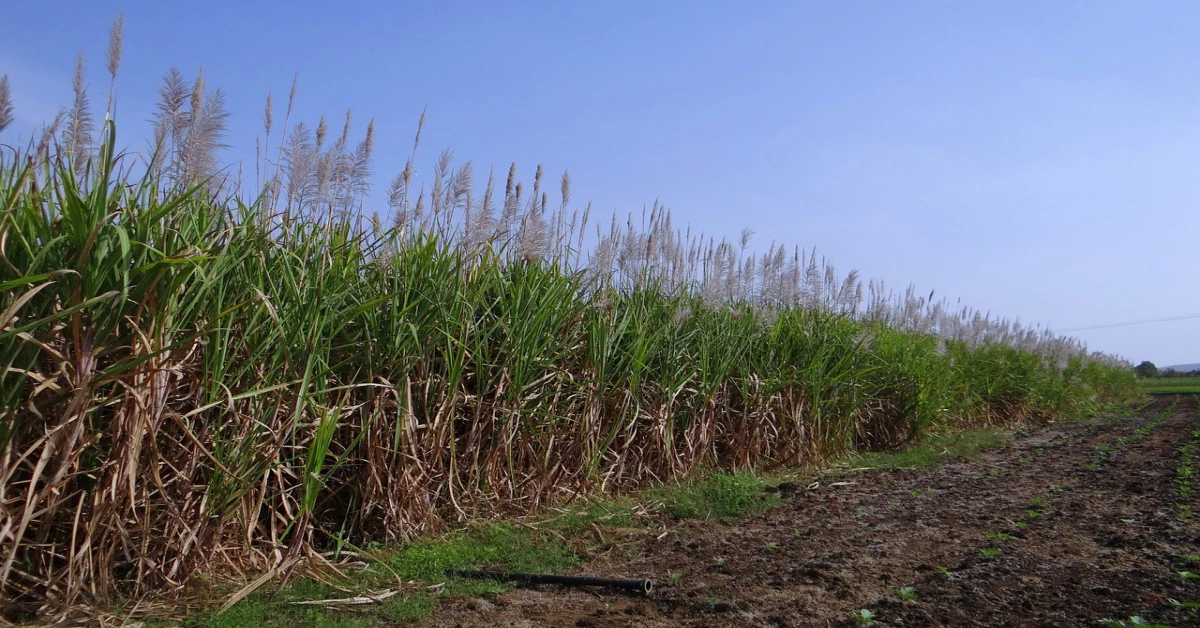Cash crops are grown mainly for sale rather than personal use. Farmers cultivate them to earn income, support industries, and boost economies. These crops include cotton, coffee, tea, and sugarcane, which are in high demand worldwide.
Many countries depend on cash crops for trade and employment. For example, India exports tea, while Brazil is known for its coffee production. These crops shape economies and influence global markets. However, their success depends on climate, soil quality, and demand.
In this article, we will explore the definition of cash crops, their types, examples, and economic impact. We will also compare them with food crops and discuss their role in agriculture. Understanding cash crops helps us see their importance in farming and everyday life.
What are Cash Crops?
Cash crops are plants grown mainly for sale rather than personal consumption. Farmers cultivate these crops to earn income by selling them in local or international markets. Unlike subsistence crops, which are grown for family use, cash crops are produced on a larger scale for trade.
These crops play a vital role in global agriculture and economies. For example, coffee from Brazil, tea from India, and cotton from the United States are in high demand worldwide. Other common cash crops include sugarcane, tobacco, cocoa, and rubber. Farmers choose these crops based on climate, soil quality, and market demand.
Large-scale farming and agribusinesses often manage cash crops using modern techniques. They invest in better irrigation, fertilizers, and technology to maximize production. This industry supports millions of farmers and workers globally.
However, reliance on cash crops can be risky due to changing market prices and environmental conditions.

Food Crops and Cash Crops
Food crops and cash crops serve different purposes. Food crops are grown mainly for consumption, while cash crops are cultivated for sale. The main difference lies in their use, market value, and economic impact.
Examples of food crops include rice, wheat, maize, and potatoes. These crops provide essential nutrients and are staple foods in many countries. In contrast, cash crops like cotton, tea, coffee, and sugarcane have high market value but are not consumed directly by most people.
| Criteria | Food Crops | Cash Crops |
| Purpose | Grown for direct consumption by people | Grown mainly for sale and trade |
| Market Demand | Relatively stable, as they are essential for survival | Varies based on global demand and prices |
| Economic Value | Lower profit margin but consistent demand | Higher profit potential but fluctuates in price |
| Examples | Rice, wheat, maize, potatoes, vegetables | Cotton, coffee, tea, sugarcane, rubber |
| Scale of Farming | Small to medium-scale farming for local use | Large-scale farming for export or industrial use |
| Dependency on Climate | Moderate; adapted to local climates | High; requires specific climatic conditions |
| Storage & Transportation | Easier to store and distribute | May require special storage and transport conditions |
Both types of crops are essential for agriculture. Farmers often grow a combination to balance food security and financial stability.
Types of Crops Based on Seasons
Crops are divided into three major seasonal categories based on when they are grown and harvested. Understanding these types helps farmers plan efficiently and maximize yield.
Kharif Crops (Monsoon Crops)
- Growing Season: Kharif crops are grown from June to September (rainy season).
- Characteristics: These crops require heavy rainfall and warm temperatures. These crops are highly dependent on monsoon conditions.
- Examples: Examples of these crops include Rice, maize, cotton, soybean, and groundnut.
- Regions: Kharif crops are mainly grown in tropical and subtropical countries like India, Bangladesh, and Nigeria.
Rabi Crops (Winter Crops)
- Growing Season: Rabi crops are grown from October to March (winter season).
- Characteristics: These crops require a cooler climate with moderate irrigation. These crops rely on residual soil moisture from the monsoon season.
- Examples: Wheat, barley, mustard, peas, and gram.
- Growing Regions: Common grown in temperate regions such as North India, parts of Europe, and North America.
Zaid Crops (Summer Crops)
- Growing Season: Zaid crops are grown from March to June (short summer season between Rabi and Kharif).
- Characteristics: These crops need hot weather and a short duration to grow. They are usually grown in areas with good irrigation.
- Examples: Zaid crop examples include watermelon, cucumber, muskmelon, bitter gourd, and pumpkin.
- Regions: Zaid crops are found in tropical and subtropical regions where irrigation facilities are available.
Each type of crop plays a crucial role in meeting agricultural and economic needs. Farmers select crops based on climate conditions and market demand.
Also Read: Key Advantages of Intercropping and Crop Rotation
Types of Crops Based on Purpose
Crops are also classified based on their primary use in agriculture and the economy.
Cash Crops
- Definition: Cash crops are grown for commercial purposes rather than direct consumption.
- Uses: Sold in local or global markets for industries like textiles, beverages, and biofuel.
- Examples: Cotton (for clothing), coffee (for beverages), sugarcane (for sugar production), and tobacco (for cigarettes).
Food Crops
- Definition: Food crops are cultivated mainly for human consumption. These crops provide essential nutrients and are staple foods in many countries.
- Uses: Used for direct consumption, food processing, and as raw materials for packaged foods.
- Examples: Rice, wheat, corn, fruits, and vegetables.
Fodder Crops
- Definition: Fodder crops are grown specifically to feed livestock and improve animal health.
- Uses: Used as food for cattle, sheep, and other farm animals to boost milk and meat production.
- Examples: Fodder crop examples include Alfalfa, clover, maize, and sorghum.
Horticultural Crops
- Definition: Includes fruits, vegetables, flowers, and ornamental plants.
- Uses: Consumed as food, used in landscaping, and sold in flower markets.
- Examples: Apples, tomatoes, roses, and tulips.
Plantation Crops
- Definition: Plantation crops are grown on large estates for industrial production and export.
- Uses: These crops are used in industries such as beverages, cosmetics, and pharmaceuticals.
- Examples: Tea, coffee, rubber, and coconut.
Each type of crop serves a different function in agriculture, and farmers often grow multiple types to meet food and economic demands.

Examples of Cash Crops in Different Regions
Cash crops vary by region due to differences in climate, soil, and demand. Farmers grow these crops to sell in local and global markets. Here are some major cash crops grown across different continents.
Asia
Asia is home to diverse climates, making it ideal for a wide range of cash crops. Tea is a major export crop in India, Sri Lanka, and China. Rubber plantations thrive in Thailand, Indonesia, and Malaysia due to humid conditions. Rice, though a staple food, is also a valuable commercial crop in countries like India and Vietnam.
Africa
Africa’s tropical climate supports the growth of many cash crops. Cocoa is mainly produced in Ghana and Ivory Coast, making Africa the top supplier for chocolate industries.
Coffee plantations flourish in Ethiopia and Kenya, where high altitudes improve bean quality. Cotton is widely grown in Egypt and Sudan for the textile industry.
North America
The United States and Canada grow corn on a massive scale, used for food, biofuel, and animal feed. Tobacco farming is common in southern states like North Carolina. Soybeans are widely cultivated, especially in the Midwest, for export and oil production.
Europe
Europe has a temperate climate, ideal for barley, which is used in brewing industries across Germany and the UK. Wheat is a major crop in France and Russia, playing a key role in global grain trade. Flax is cultivated in Belgium and the Netherlands for producing linen fabric.
South America
South America is known for its large-scale production of sugarcane, especially in Brazil, the world’s largest sugar exporter. Coffee plantations in Colombia and Brazil contribute significantly to the global coffee market. Soybeans are widely grown in Argentina, making it a key exporter.

How Climate and Soil Conditions Impact Crop Selection
The choice of cash crops depends on environmental factors. Warm and humid regions favor crops like tea, rubber, and cocoa, while dry climates support cotton and wheat. Soil fertility also plays a key role.
For example, volcanic soil in Colombia enhances coffee production, while alluvial soil in India boosts rice and sugarcane yields. Farmers adapt to these conditions to maximize profits and ensure sustainability.
Economic Importance of Cash Crops
Cash crops play a crucial role in national economies. Many developing countries rely on them for revenue through exports. Countries like Brazil, India, and the U.S. earn billions by selling crops like coffee, cotton, and soybeans worldwide. This trade strengthens economies and provides foreign exchange.
For farmers, cash crops offer financial stability. A successful harvest means higher income, improving living standards. In rural areas, cash crop farming creates jobs, from field workers to processing and transportation industries. This employment supports families and strengthens local economies.
On a global scale, cash crops fuel international markets. Industries depend on these crops for products like textiles, beverages, and biofuels. For instance, rubber is vital for tire manufacturing, and cocoa supports the chocolate industry. The high demand for these products makes cash crops an essential part of world trade.
However, reliance on cash crops comes with challenges. Market prices fluctuate due to weather conditions, trade policies, and global demand. Sudden drops in prices can leave farmers struggling with losses. Additionally, large-scale cash crop farming can lead to soil depletion and deforestation, impacting the environment.
Despite these challenges, cash crops remain a pillar of agriculture and economic growth. Sustainable practices and fair trade policies can help balance profits with environmental responsibility.
Challenges in Cash Crop Farming
Cash crop farming is profitable but comes with many challenges. Farmers face environmental, economic, and sustainability issues that impact their yields and income. Understanding these challenges helps in finding better farming solutions.
Climate Change Effects
Unpredictable weather patterns make farming difficult. Droughts dry up soil, reducing crop growth, while floods damage fields. Shifting seasons affect planting and harvesting schedules, leading to lower yields. For example, coffee production in Brazil suffers when temperatures rise, reducing bean quality.
Market Risks
Cash crop prices often change due to global demand and supply. A sudden drop in coffee or cotton prices can lead to heavy losses. Farmers also struggle when trade policies shift or new competitors enter the market. This instability makes it hard to plan for the future.
Pest and Disease Issues
Many cash crops are vulnerable to pests and diseases. Farmers rely on pesticides, but overuse harms the environment and soil. For example, cocoa farms in Africa often face fungal diseases that destroy crops, affecting production and income.
Sustainability Concerns
Large-scale farming leads to land degradation and deforestation. Growing the same crop repeatedly drains soil nutrients, making land less fertile. Clearing forests for plantations, like palm oil, also disrupts ecosystems and contributes to climate change.
Solutions
Farmers can reduce risks through diversified farming, growing multiple crops to balance losses. Organic practices limit pesticide use, keeping soil and plants healthier. Governments also support farmers through subsidies and fair trade policies. These steps create a more sustainable and profitable farming future.
List of Profitable Cash Crops
Farmers worldwide grow many cash crops, but some are more profitable than others. Below is a list of high-value crops that generate significant income.
Highly Profitable Cash Crops Worldwide
- Coffee – A top global beverage crop with high market demand.
- Cocoa – The key ingredient in chocolate, mainly grown in Africa.
- Cotton – Essential for the textile industry, used in clothing and fabrics.
- Tobacco – Despite health concerns, it remains a major cash crop.
- Sugarcane – Used to produce sugar and ethanol for biofuel.
Emerging High-Value Crops
- Avocados – High in demand due to their nutritional value.
- Medical Cannabis – Gaining popularity as legalization spreads worldwide.
- Herbs (Lavender, Basil, Mint) – Highly profitable in organic and specialty markets.
Growing these crops can lead to great financial success. However, choosing the right crop depends on climate, market demand, and farming practices.

Sustainable Practices for Cash Crop Farming
Sustainable farming helps protect the environment while ensuring long-term productivity. Farmers use various methods to maintain soil health, conserve water, and reduce pollution. These eco-friendly techniques make cash crop farming more profitable and sustainable.
Crop Rotation
Crop rotation is a practice of growing different crops in the same field each season prevents soil depletion. For example, planting legumes after cotton restores nitrogen levels. This method also reduces pest problems and improves overall soil fertility.
Organic Farming
Avoiding chemical fertilizers and pesticides lowers environmental damage. Instead, farmers use compost, natural predators, and cover crops. Organic farming improves soil health and produces healthier crops with higher market value.
Water Conservation
Efficient water use is crucial in farming. Drip irrigation delivers water directly to plant roots, reducing waste. Rainwater harvesting collects and stores water for dry seasons, helping farmers manage water shortages.
Fair Trade Practices
Fair trade ensures farmers receive a fair price for their crops. It promotes ethical labor conditions and reduces exploitation. Consumers also benefit by supporting sustainable farming and high-quality produce.
Using these methods, farmers can protect the environment while increasing profits. Sustainable farming ensures that future generations will have fertile land and stable food production.
Conclusion
Cash crops are essential for global economies, providing food, raw materials, and income for farmers. They include crops like coffee, cotton, and sugarcane, grown mainly for sale rather than local consumption.
Throughout this guide, we explored the cash crops definition and examples, their types, economic importance, and challenges. We also discussed sustainable farming methods that improve productivity while protecting the environment.
Sustainability is key to the future of farming. Farmers must balance profit with environmental responsibility to ensure long-term success. What do you think is the most profitable cash crop in your region? Share your thoughts in the comments!






